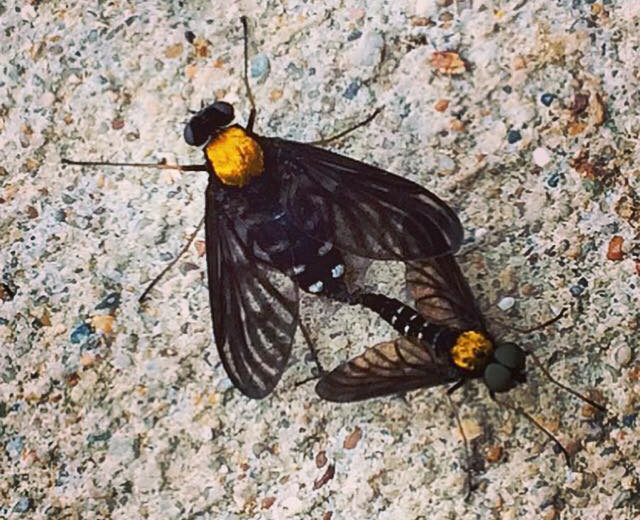ECOLOGY ▪ EDUCATION ▪ ADVOCACY
Samara: A winged, indehiscent fruit characteristic of maples (Acer spp.), ash (Fraxinus spp.), and other trees that contains one seed, also called “key.”

Scape: A leafless peduncle that originates from the base of a plant.

Sepal: A modified leaf that forms one of the individual sections of the calyx.

Sessile: An adjective describing a part of a plant (typically a leaf or leaflet) that is attached directly at the base and lacks a stalk or a petiole.

Sexual Dimorphism: Outwardly different physical characteristics between males and females of a given species, aside from their reproductive organs. Those species that exhibit sexual dimorphism are said to be “sexually dimorphic.”

Simple Leaf: A single, undivided leaf. The opposite of a simple leaf is a compound leaf.
Spadix: A type of inflorescence consisting of a fleshy spike containing many small flowers. Spadix-style inflorescences, usually surrounded by a spathe, are a characteristic of the arum family (Araceae).

Spathe: A large bract or bracts that surrounds an inflorescence.

Spiracle: An opening in the exoskeletons of arthropods, which connects to tracheal tubes and allows for respiration.

Stamen: The male (pollen-producing) organ of a flower comprised of a filament and anther.

Stratification: The requirement of an extended period of cold for seeds to break dormancy resulting in germination. Stratification is a process that occurs naturally through the colder period of winter, but it is often stimulated by horticulturists through refrigeration and other means.
Style: The usually elongated structure of the pistil that connects the stigma to the ovary.

Subterminal (ST) Line: In Lepidoptera, the second most posterior wing line located between the post medial and terminal lines.
